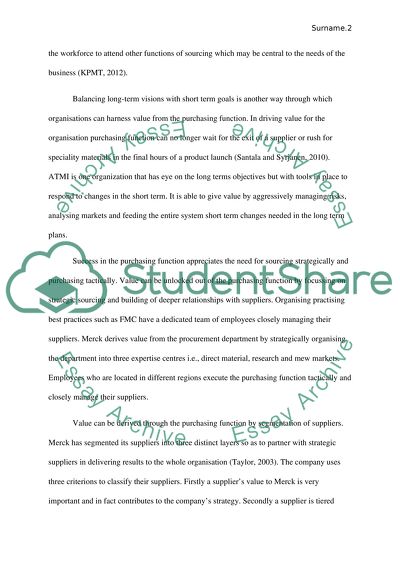Cite this document
(“Discuss the role of purchasing function in cost control and value Assignment”, n.d.)
Discuss the role of purchasing function in cost control and value Assignment. Retrieved from https://studentshare.org/professional/1683976-discuss-the-role-of-purchasing-function-in-cost-control-and-value-implementation-for-a-business-include-examples-to-illustrate-your-answers
Discuss the role of purchasing function in cost control and value Assignment. Retrieved from https://studentshare.org/professional/1683976-discuss-the-role-of-purchasing-function-in-cost-control-and-value-implementation-for-a-business-include-examples-to-illustrate-your-answers
(Discuss the Role of Purchasing Function in Cost Control and Value Assignment)
Discuss the Role of Purchasing Function in Cost Control and Value Assignment. https://studentshare.org/professional/1683976-discuss-the-role-of-purchasing-function-in-cost-control-and-value-implementation-for-a-business-include-examples-to-illustrate-your-answers.
Discuss the Role of Purchasing Function in Cost Control and Value Assignment. https://studentshare.org/professional/1683976-discuss-the-role-of-purchasing-function-in-cost-control-and-value-implementation-for-a-business-include-examples-to-illustrate-your-answers.
“Discuss the Role of Purchasing Function in Cost Control and Value Assignment”, n.d. https://studentshare.org/professional/1683976-discuss-the-role-of-purchasing-function-in-cost-control-and-value-implementation-for-a-business-include-examples-to-illustrate-your-answers.


